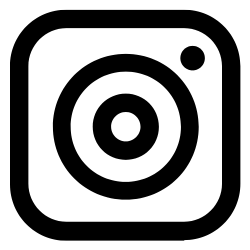Introduction to python programming
Python is a high-level, interpreted programming language known for its clear syntax and dynamic nature. It supports multiple programming paradigms, offering extensive libraries for web development, data science, automation, and more. Python’s readability and community-driven ecosystem make it an excellent choice for both beginners and experienced developers.
Python lists are flexible, ordered collections that store multiple items in a single variable. They can hold elements of different data types and allow duplicates. Lists are mutable, meaning you can modify their contents, such as adding, removing, or updating items.
Python loops allow us to execute blocks of code as many times as needed to simplify repetitive tasks. Control statements let us modify loop behaviour by stopping early, skipping specific actions, or doing nothing temporarily.
Conditional statements control the flow of execution of a program by evaluating conditions as true or false. Using if, if-else, and if-elif-else, programs execute specific blocks of code based on given conditions. Logical operators like and, or, and not allow us to combine multiple conditions for more complex decision-making.
This lesson explains how to import Python modules to access their functionalities. In addition, it teaches how Python programs are structured using proper indentation and block formatting to ensure readability, logical flow, and error-free programs.
The Python print() function outputs provided arguments to standard output. It converts arguments to strings, separating them with spaces by default, and appends a newline. You can customize separators with sep=, ending characters with end=, and direct output to files using the file= parameter, making it versatile for display and logging.
Getting started with Python is simple. Install Python from its official website, choose a code editor like VS Code or PyCharm, and start writing your code. Python's easy-to-read syntax and built-in libraries make it perfect for beginners. In this article, explore variables, basic operations, and the interactive console to kick off your learning journey.
Python was created by Guido van Rossum in 20 February 1991. It was inspired by ABC to emphasize simplicity and readability. It got its name from the "Monty Python's Flying Circus" series. Python has evolved from a scripting language to a versatile tool used globally. Python 2 debuted in 2000, and Python 3 followed in 2008, refining the language further. This article provides an overview of the history of Python and its evolution since the early 1990s.
Python is a versatile, high-level programming language famous for its clear syntax and readability. Ideal for beginners and experts alike, it supports multiple programming paradigms, including object-oriented and functional programming. With a rich standard library and extensive community support, Python is widely used in web development, data analysis, automation, and more.
Editor’s corner

Welcome to my personal website! My name is Roger Ianjamasimanana. I have a PhD in Astronomy, and I love programming. Here, I share educational content on Astronomy, programming languages, and Linux. I created this blog not only as a personal reference for myself but also with the hope that the resources and insights I share here might benefit others.
Disclaimer

The information provided on this blog is for educational and informational purposes only. While I strive to ensure accuracy, I make no warranties regarding the completeness or reliability of the content. Use of any information is solely at your own risk. I am not liable for any actions taken based on the content of this blog.
Author
Dr. Roger Ianjamasimanana

